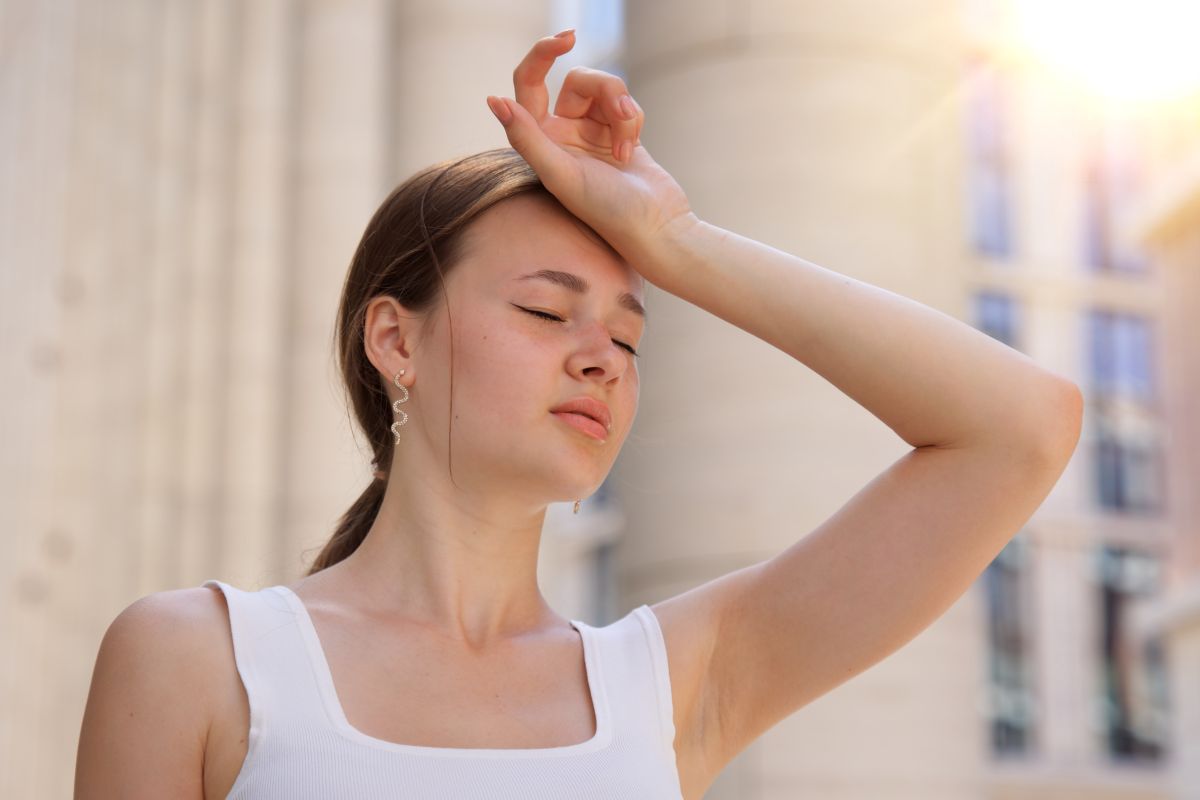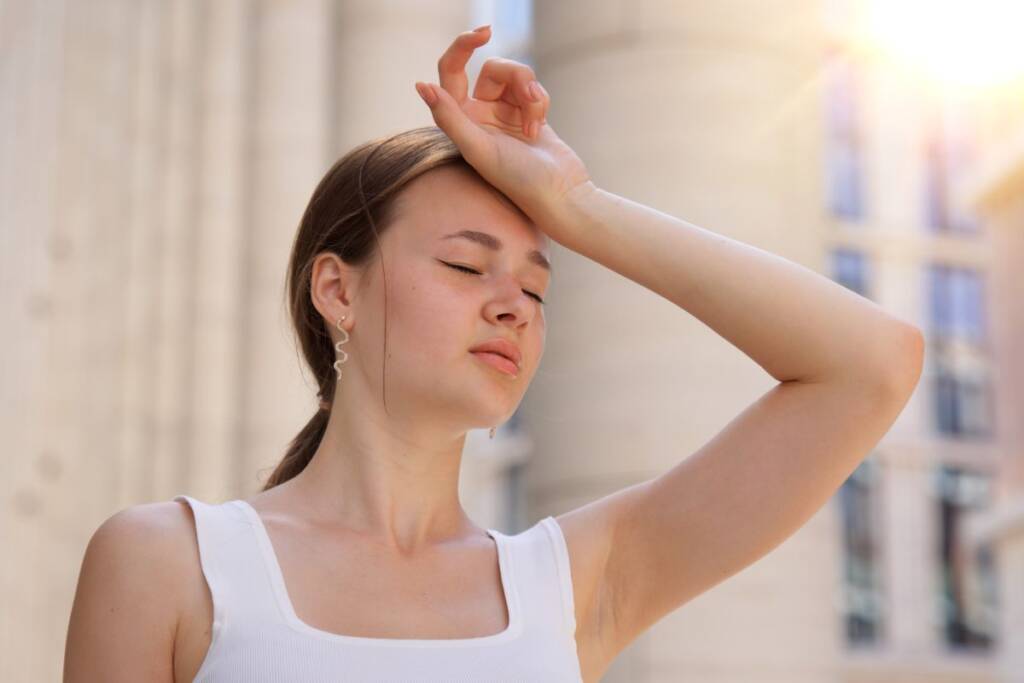Health
Summer heatstroke: what it is and how to fix it

Heat stroke is one of the most common risks in the summer. Let's find out what it's all about and how to fix it easily.
When summer arrives, the risks to pay attention to are many and varied and among these there is that of heatstroke. Also known as hyperthermia , heatstroke is the condition in which the body temperature rapidly reaches 40°C, representing a potentially risky episode.
So let's find out why it occurs and what actions to take to make it less dangerous.
Heat stroke: what it is and why it occurs
As already mentioned, heatstroke occurs when the body temperature suddenly rises to around 40°C. In most cases, it occurs in situations of poor ventilation , in places with high levels of humidity and when temperatures are high.

In these circumstances, in fact, it may happen that the body's thermoregulation is altered, preventing the dispersion of heat. In the absence of sweating and vasodilation, we therefore find ourselves overheating.
This condition is usually more prevalent in children and people over the age of 65. However, it tends to be possible at any age. For this reason it is always very important, especially in summer, to take into account sudden overheating and consider the possibility of being at risk.
Heat stroke: symptoms and remedies
Let's start by talking about the most common symptoms that occur following a heat stroke.
Among the many are:
– Feeling of weakness
– Nausea
– Cramps
– Skin redness
– Dizziness
– Accelerated heartbeat
– Migraine
– Shortness of breath
– Loss of consciousness
In the presence of these symptoms it is always good to seek shelter and understand if you are at risk. In fact, intervening in a timely manner is the only way to be able to get the better of heatstroke quickly.
Otherwise, the risk is in fact that of even serious damage to the brain, heart, kidneys, lungs, etc… And, in the most serious cases, even death.
How to act, then? The first thing to do is obviously to ask for help and go to the emergency room at the first signs of overheating. While waiting, it may also be useful to lie down with your legs up and choose a place that is as cool and airy as possible. Cold compresses on the forehead, groin and armpits can help lower the temperature. At the same time it is useful to drink water (always in small sips).
How to act to prevent heatstroke
Of course, heatstroke can also be prevented. To do this, it is important to avoid places that are too hot or without air circulation. Consuming light meals and always maintaining good hydration are other basic rules to which are added those of not playing sports during the hottest hours and always dressing lightly.
By following these rules or learning to act in time when you have the first symptoms, it will be possible to experience heatstroke in a proactive way and avoid consequences which in some cases can prove to be really harmful as well as life-threatening.
Riproduzione riservata © - WT











